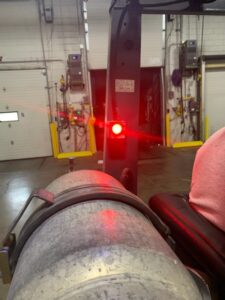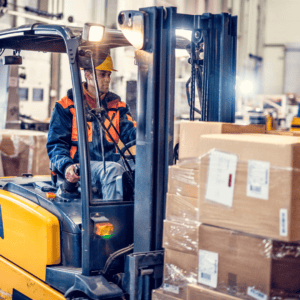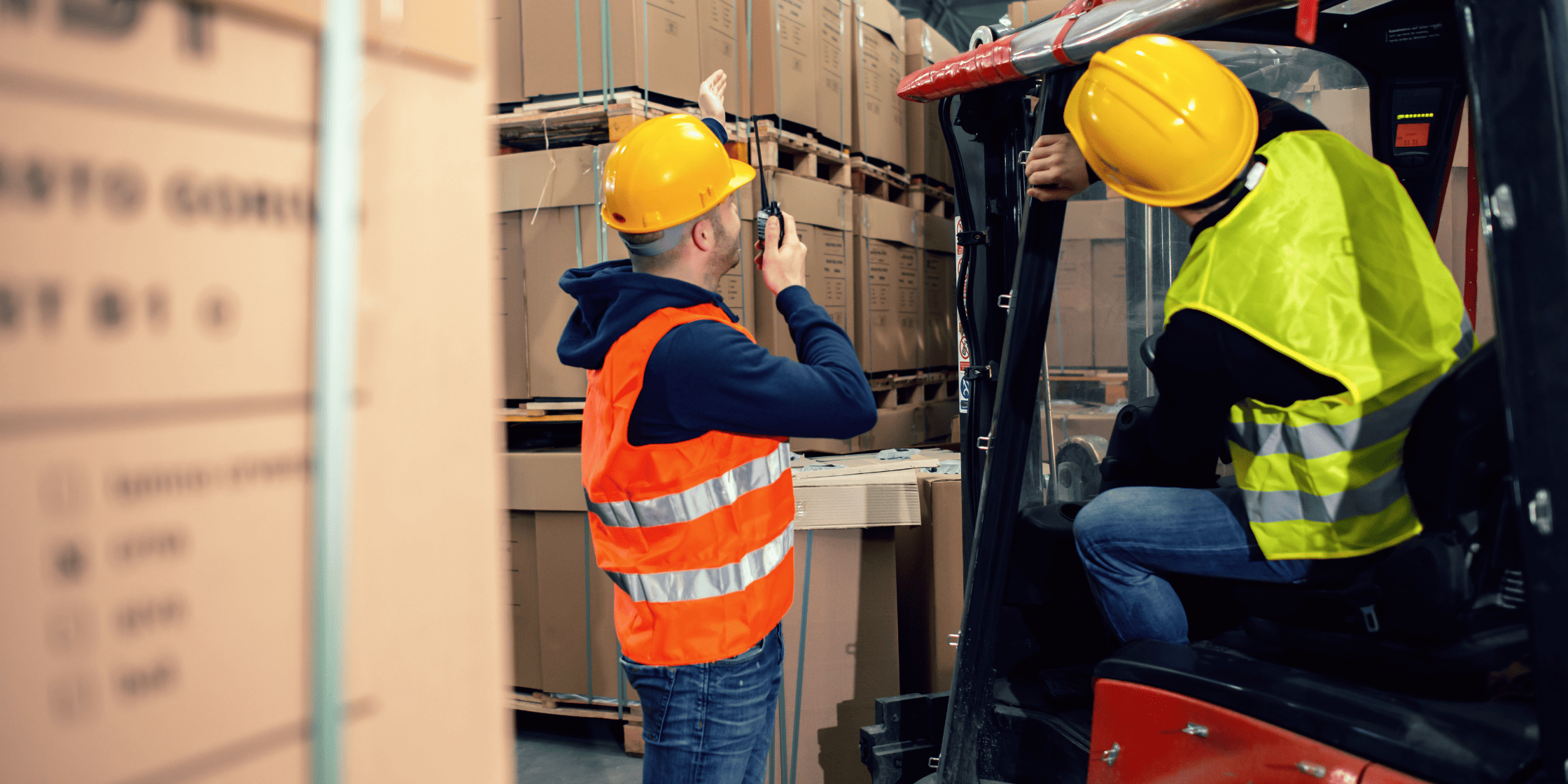Warehouse workers encounter dangerous environments each day. The element of danger is multiplied when halfhearted safety standards are practiced. Yet, even the most steadfast safety practitioners can have slip-ups that cause injuries.
This is why additional safety measures should be used to lessen injuries and counterbalance safety failures.
One such safety measure is the HIT-NOT® Proximity Alert System, the most innovative safety system on the market. It is an early warning system that helps prevent accidents in industrial and construction settings.
Understanding how it works and why it matters is critical for workers and employers seeking to minimize risk and improve safety.
What is HIT-NOT?
The HIT-NOT Proximity Alert System is a state-of-the-art pedestrian detection system that uses magnetic fields to detect people and objects in warehouses and other indoor spaces.
Sensors emit low-frequency magnetic fields to detect changes caused by the presence of objects or people.
There are two detection zones: Warning and Danger.
When something or someone enters the detection zones of the sensors, the system sends an alert. This alert is both an LED light and an audible sound. This is to warn any workers nearby of the potential danger.
The HIT-NOT collision avoidance system is designed to improve safety in industrial environments where heavy machinery and people are nearby.
This is important because these warnings of potential hazards contribute significantly to accident and injury prevention.

When an object or person enters the detection zones of the HIT-NOT sensors, the system sends an LED light and audible alert to warn nearby workers of the potential danger.
Proximity Detection with Low-Frequency Magnetic Fields
Proximity detection, using low-frequency magnetic fields, creates a safety zone around machinery and vehicles.
Workers wear a magnetic tag, also known as a Personal Alarm Device (PAD). This device emits a low-frequency signal. Sensors attached to vehicles detect this signal.
How is this different from other collision avoidance systems?
Overall, the HIT-NOT system is the most accurate and reliable proximity detection tool. It is well-suited for use in industrial environments where accuracy, range, speed, and immediate feedback are essential.
In fact, no HIT-NOT user properly utilizing the system has ever reported a struck-by incident.
HIT-NOT, unlike the other systems, is not negatively affected due to interference from other equipment or signals from other wireless devices.
In addition, it does not need a clear line of sight to transmit a signal and is not affected by environmental conditions.
Its magnetic field penetrates walls, racks, and equipment, making it less prone to false alarms than other detection systems like cameras and radar.
However, there are still alternative systems that use different proximity detection technology that employers use to help increase safety within the warehouse. These alternatives include:
RFID (Radio Frequency Identification)
Sensors are used to detect the presence of RFID tags within a certain range. Radiofrequency tags can be attached to workers, equipment, and materials to track location.
LIDAR (light detection and ranging)
This system emits light pulses to remotely measure the distance between objects. LIDAR sensors can detect the presence of people, equipment, and objects, helping prevent collisions.
Ultra-Wide-Band (UWB)
Wireless technology using short pulses of radio waves to transmit data to measure distance. UWB tags attached to workers allow for precise and real-time tracking of their location, vehicles, and other objects around the warehouse.
Cameras
This tool can provide real-time monitoring of activities and detection of potential hazards. Cameras can be used in blind corners to help workers better navigate their surroundings and are also helpful for post-accident investigations.
It is important to note that all proximity sensors are just one piece of the safety puzzle. All of the technologies mentioned above should be used with other safety measures such as training, regular inspections, and safety protocols.
How HIT-NOT Technology Protects Your Workers

As mentioned, HIT-NOT uses magnetic sensors and wireless communication to detect the presence of workers in the vicinity of machinery and alert operators to their presence.
The why and what of HIT-NOT technology has been covered but let’s burrow a bit deeper into how this innovative technology protects workers:
- Magnetic sensors creating a 360° magnetic field are installed on heavy machinery and vehicles, such as forklifts. This creates a customizable safety zone, that can be tailored to fit the specific needs of each workplace.
- Workers wear HIT-NOT personal alarm devices (PADs) emitting a low-frequency magnetic signal.
- As workers move about the warehouse, the magnetic sensors detect the presence of their PAD and communicate wirelessly to the vehicle operator.
- When a worker is detected, the HIT-NOT system sends an audible and visual alert to both the pedestrian and equipment operator.
- The pedestrian and operator can then take appropriate actions to avoid a collision and save lives.
The big takeaway? Well, it’s simple.
HIT-NOT is a much more effective and safer system than any other. It does not need to see or hear workers and equipment to work effectively. Companies looking to significantly improve the overall operational safety of their workplace should implement this easy-to-use and efficient tool.
If you want a top-notch safety record, start with a top-tier safety system.
SynTech has over 40 years of experience providing training and equipment to work sites. We are the #1 sales and service provider of the HIT-NOT proximity detection system. Protect your people and property by calling the knowledgeable SynTech team at (256)571-5024.


